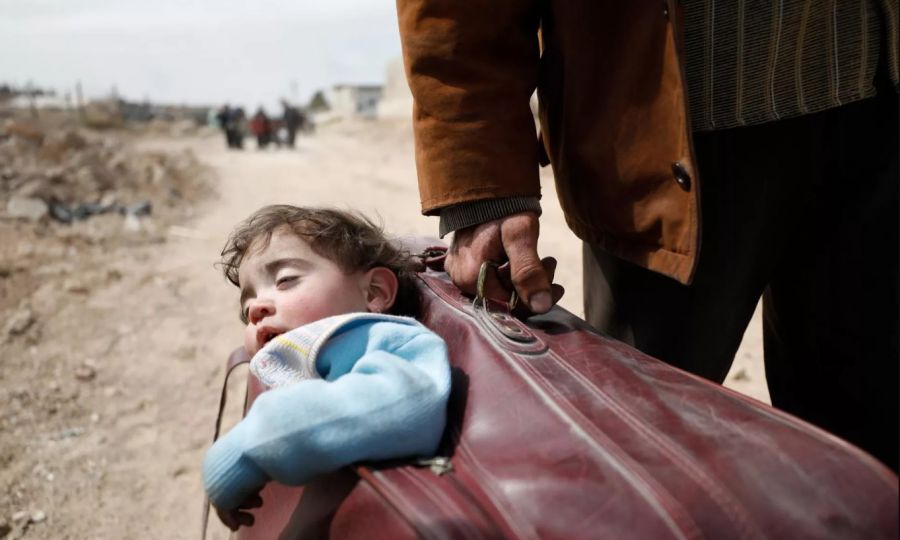New data from Eurostat shows that the European Union issued 540,445 first-time residence permits to non-EU children under 18 years old in 2024. This number includes minors who entered the EU for various reasons, such as joining family members, seeking protection, or education. The figures highlight how different EU countries manage migration involving children and which nations issue the most permits compared to their population size.
A large majority of the residence permits were issued for family-related reasons. Around two-thirds of all permits, a total of 356,554, were granted so children could reunite with their families or join relatives already living in the EU. Another 160,618 permits, representing 30%, were issued for “other reasons,” which include children receiving international protection or humanitarian support. The smallest portion was for education, where only 21,179 minors, about 4%, received residency to study in the EU.
Among all EU member states, Malta and Cyprus stand out the most. These two countries issued the highest number of residence permits to migrant children when compared to the size of their own minor population. Malta ranks first, closely followed by Cyprus, showing how significant child migration is in these smaller countries. Their high per-capita figures are much larger than many bigger EU nations.
Luxembourg also records a high rate of permits issued to children, showing 1,861 permits per 100,000 minors. This number still sits far below Malta’s 3,379 permits per 100,000 minors, which is the highest in Europe. These figures show that small EU nations receive and approve child migration at rates higher than most of their European neighbours.
When looking at total numbers instead of population size, larger EU countries lead. Germany issued the highest number of residence permits to minors, with 138,692 children receiving permission to stay. Spain followed with 107,828 permits, while Italy granted 60,125 permits. These totals reflect the larger populations of these countries and their roles as major destinations for migrants.
The children receiving residence permits come from different regions of the world. According to Eurostat, 37% of the minors were from Asian countries, making Asia the largest source region. Another 27% were European children from outside the EU, while 21% were from African countries. These three regions make up the majority of child migrants entering the EU legally.
Syria remains the most common country of origin for migrant minors entering the EU, accounting for 12% of all children granted residence permits. Morocco is the second most common, with 7% of the permits going to Moroccan minors. Ukraine follows with 6%, showing that many children affected by conflict or instability continue to seek safety and family connections within the EU.
The latest data highlights the important role some EU countries play in offering legal pathways for children from non-EU countries. It also shows that family reunification continues to be the biggest reason why minors are granted residence permits. As debates on migration continue across Europe, the numbers show how deeply migration affects children and families moving across borders for safety, unity, and better opportunities.

